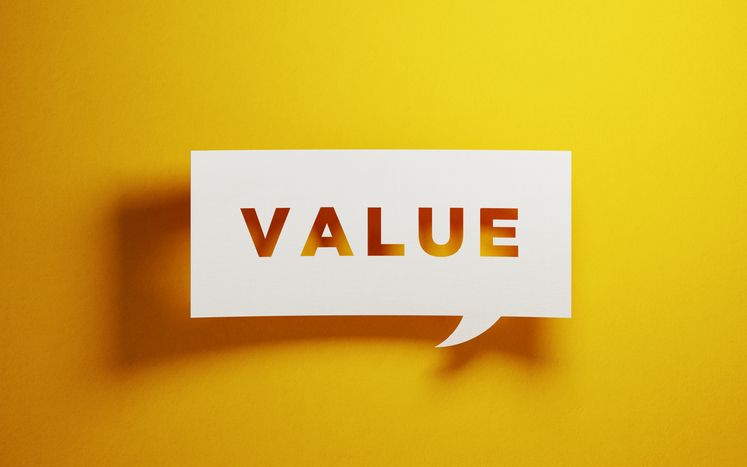Most people plan their pricing from the perspective of cost when they should be pricing their offerings based on the value they create. Perhaps you’ve heard the story about a guy who takes his car into the shop, watches the mechanic as he fixes his engine in a jiffy, and says, “Wow, that was easy. How much do I owe you?” The mechanic says, “That will be $100, thank you.” Shocked, the customer says, “But you just tapped the engine once!” The mechanic confidently replies, “I charge a dollar for the tap and $99 for knowing where to tap. So, would you prefer to pay in cash or with your credit card today?”

When setting your pricing, take the time to view the transaction through your prospect’s eyes. By doing so, you’ll be in a better position to help them realize that they are at great risk if they don’t buy from you. And once you do an honest assessment of the value you create, be sure to ask for what you’re worth. If you don’t, you may not have enough revenue to provide the level of service you pride yourself on providing this person after they become your client. Your pricing model needs to be a win-win for both parties.
When I started my formal selling career in Los Angeles many moons ago, I said to myself, “My goal is to make every one of my clients twenty times what I make.” It was just a rule of thumb; however, I always aimed to meet or exceed that lofty goal. Decades later, our sales programs give people much more than twenty times the value of what they pay for our training. I was particularly gratified to hear one of our graduates last year say that the training we provide “has the potential to change family trees.” He continued by explaining that earning a better living opens the door to better schools to send your children, to enhanced cultural opportunities, and perhaps even to a larger number of children you feel confident raising!







